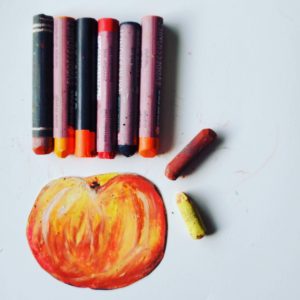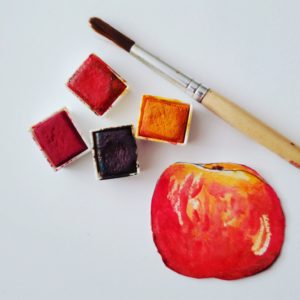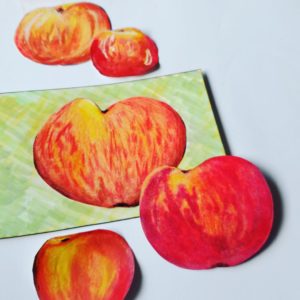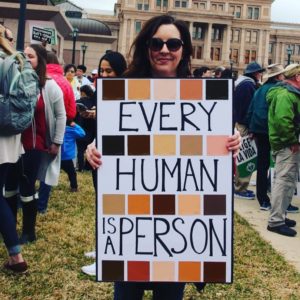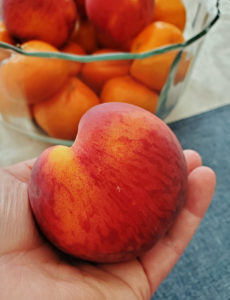
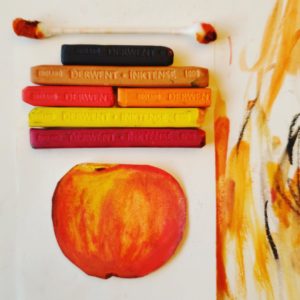
I’ve been drawing peaches lately and pondering universals.
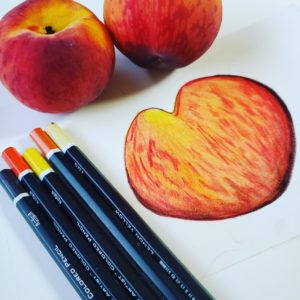

Long ago, the Greek philosopher, Plato, set forth his idea of the ‘forms’. He hypothesized each thing in our physical world had an abstract essence or quiddity (the what-ness of a thing). Using the triangle, he said that the essence of triangularity existed and that each example of a triangle we encounter in the physical world is a modification of the essence. Each individual triangle possesses ‘triangle-ness’. The philosophical view affirming universals is called realism.
Before the 14th and 15th centuries, realism was the dominant epistemological view of intellectuals within the Christian church.
As I created my peachy drawings, I tried pencils, markers, watercolors, color blocks, and finally, oil pastels. Each peach has it’s own unique look with variations of hue and shape; and yet, each one is obviously a peach.
We see the same phenomenon in the grocery store. The produce section may offer tree-ripened peaches, white peaches, yellow peaches, donut peaches, and other varieties, but we still perceive the peach-ness of them all. They are all peaches, sharing an essence (peach-ness) that provides unity, despite their diversity.
If universals exist, what would it mean? Why does it matter?
It would mean that this physical world it not all that exists. If there are essences, then they must exist elsewhere. They cannot be seen, measured, or examined, since our minds perceive them with a spiritual sense, not dependent upon empirical verification.
To extend the significance, it would also mean that each and every human person is a modification of a universal humanity; each person has the essence of ‘humanness’. Despite the many varieties of shape and hues of flesh, there is only one race: the human race.
That’s not just ‘peachy’, that’s a particularly powerful point in favor of realism, the existence of God, and the foundation for transcendent human value, as held by the Christian faith.
You can find my art page on FB, thanks for stopping by!

